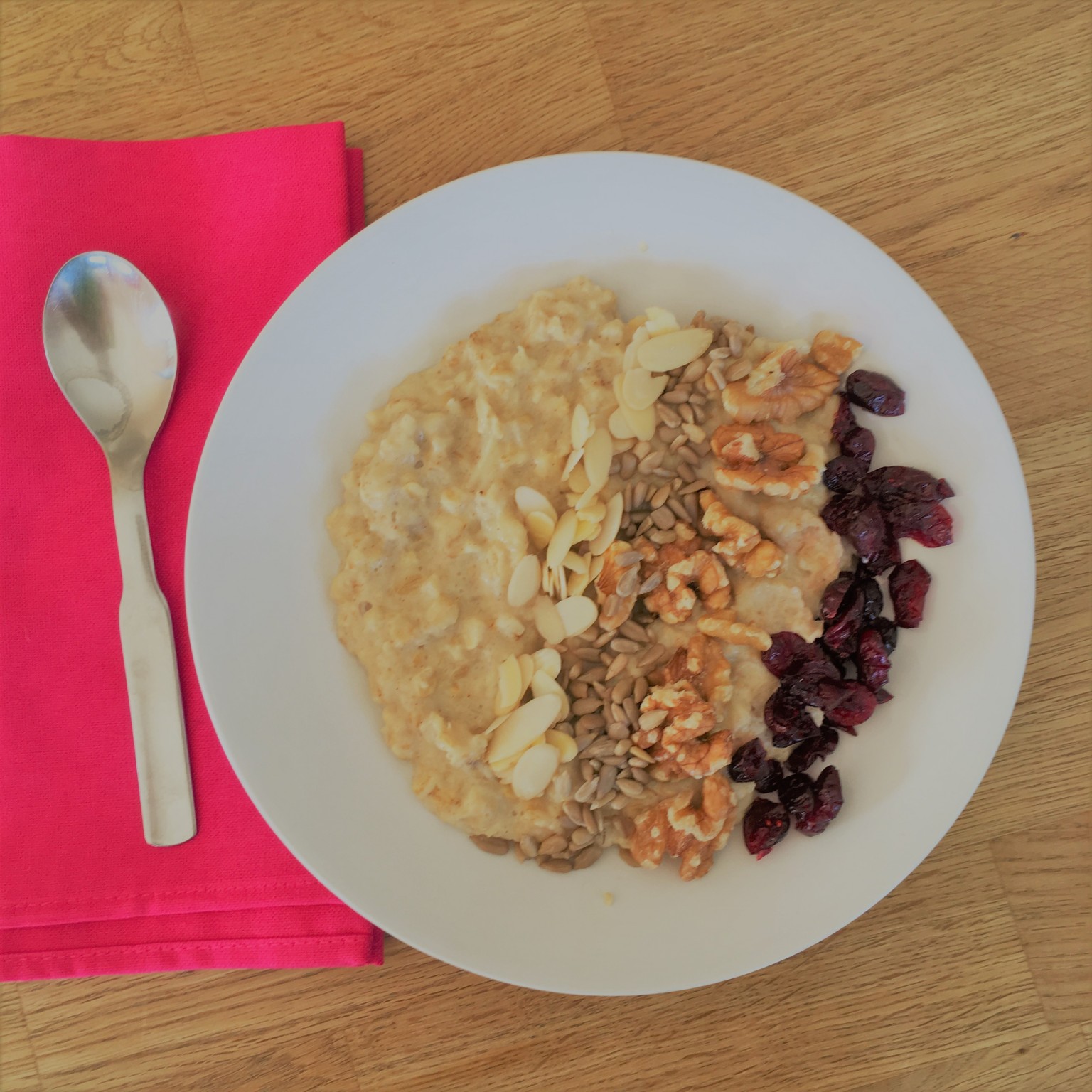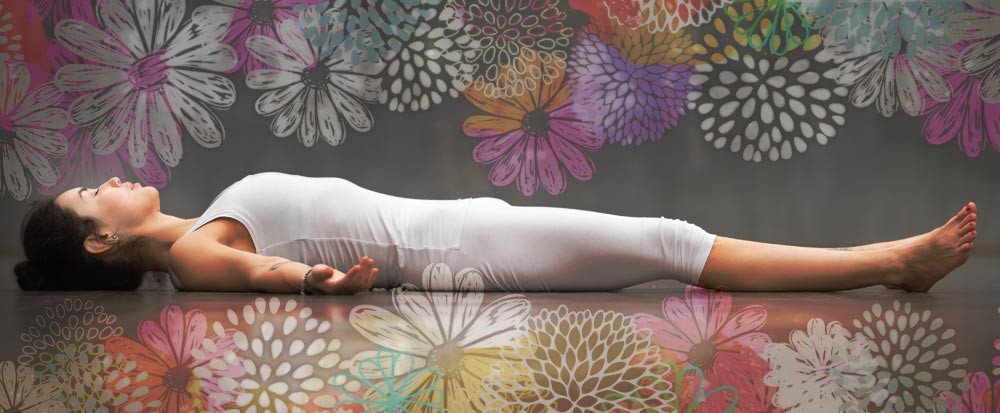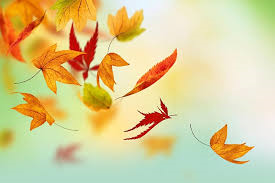Monday 25th September - 6 Ways to Help You Transition into Autumn More Easily
After the light, bright, energy of summer, autumn is a time for gathering inwards. Mother Nature has been prolific in growing, reproducing and setting seed, the harvests are almost in and, when all this activity is done, it's time to slow down.
As I mentioned in the blog last week, I don't like leaving summer behind and moving into autumn. The thought of the cold, short days and grey skies does not make me feel good. But, as usual, once I recognise that it's the thought that's the problem not the thing itself, I find it all a little easier. The changing of the seasons is inevitable and I need to accept and embrace everything that autumn has to offer. Here are a few ways that I find help me let go of summer and welcome in the new season - I hope that one or two will resonate with you too...
1. Get organised. There's a natural tendency at the beginning of autumn to organise, tidy and store. Tap into this and create new ways to help life flow smoothly. Make meal plans each week so you know what you'll be eating each day and have the ingredients ready on your shopping list. It really does make a difference to healthy eating - you'll be much more aware of what you put in your body and less likely to raid the fridge or the biscuit tin if you've planned ahead. Wash, iron and pack away your summer clothes. This will create space in your wardrobe and cupboards which feels good in itself and they'll be all ready when you need them at the beginning of next summer.
2. Eat warming, nourishing foods. It's the season for root vegetables - pumpkins, squashes, carrots, parsnips, swedes, beets and celeriac. They're full of nutrients, and feel rich and hearty and warming to eat. Soups and stews are easy to make and store and there are a multitude of different quick and easy veggie soup recipes available - many of which I've shared on this blog over the past few years.
Here's a recipe for the Apple and Cinnamon Porridge that I enjoyed this morning - my first porridge of the season. It's well known that oats are a good food to have for breakfast, releasing their energy slowly to keep you fuller for longer, but they have other health benefits too - protein, high levels of manganese and zinc, low calories, high fibre amongst their good points. They also contain an insoluble fibre called beta-glucan which turns into a gel when it's in the gut and soaks up excess cholesterol, and eases the movement of waste and the cholesterol from the body (I saw this on the BBC programme How to Stay Young - if you haven't seen it yet it's worth a watch for lots of reminders and health tips).
½ a large eating apple
60 g porridge oats
400 ml milk or soya/almond milk
½ teaspoon ground cinnamon
And here's how to make it:
Peel, core and finely grate the apple.
Place all the ingredients in a non-stick pan over a low heat and simmer for 10 minutes, or until thick and creamy, stirring regularly. Add raisins, cranberries, nuts and seeds for added yumminess.

3. Buy yourself something practical but lovely to wear this season. I don't usually advocate buying stuff to make you happy, but a few carefully chosen items of clothing each autumn will help to keep you warm and snug and make you look forward to being able to wear them. There's really nothing worse than being cold and wet and, as Billy Connolly, Alfred Wainwright and Sir Ranulph Feinnes have said "There's no such thing as bad weather, just the wrong clothing". This year it's a new pair of ankle boots (non-leather of course) and a gorgeous russetty/berry coloured roll-neck poncho for me. I know I'm going to wear the boots on a daily basis and the poncho out and about on bright autumn days and inside the house too when I'm sitting at my desk and feeling chilly - it's enveloping and comforting like a blanket. So ask yourself what you really need to take you through autumn and winter and back to spring - maybe it's a good new waterproof coat (keep the old one and donate to Wrap Up London in November - where you can hand your old coat in at a London tube station and know that it will be passed on to a homeless person to keep them warm), or maybe a pair comfy boots is what you need so you'll feel more inclined to get out and about more. Think about what you'll really need and use so you don't make any random purchases, and buy quality so it will last you for many more autumn seasons to come.
4. Get outside. Enjoy what autumn has to offer, so put on your walking boots, grab a map or a guidebook and head for the hills to see the wonderful colours of the trees as they change. We all know that walking is good for us - you'll bring a rosy glow to your cheeks, get your heart rate up, get some Vitamin D if you turn your face to the sun and if you go with friends and family you'll enjoy connection and community too. Here are some good places to find an autumn walk near you.
via The Woodland Trust
and via The National Trust
https://www.nationaltrust.org.uk/lists/best-walks-for-autumn-highlights
and, for those of you who live in Surrey https://www.nationaltrust.org.uk/lists/autumn-walks-in-surrey
5. Adjust your yoga practice to include more Restorative and Yin poses. After the 'gathering in' activity of early autumn, the cycle of life starts to slow down and rest. As part of the fabric of the natural world, we are invited to do this too, but us human beings in the Western world we have a tendency to ignore Mother Nature's guidelines of darker days and longer nights and turn on the electric lights so we can keep going for longer and get more done. Your yoga practice can help to bring some seasonal balance into your life. Just as in the spring we feel the rising energy and enliven our practice with dynamic sequences and backbends, we can become more restorative and restful as we move through autumn towards winter. In your evening practice add in a few more quiet poses, holding them for longer. Include, a longer Savasana and some time for inner reflection in meditation too - allowing things that no longer serve you to fall away and turn to compost like the leaves. Help your lungs and respiratory system stay health by including gentle breathing practices such as Nadi Sodhana (Alternate Nostril Breath) and practice balancing poses with awareness in the feet so you stay grounded and rooted physically and mentally. A varied practice will help strengthen your immune system too so you are less likely to fall prey to coughs and colds. I'm doing some Restorative and Yin classes on 6th and 20th October 2017 at 6pm and 8pm at my Studio in Bookham if you'd like to join me in-person, but if you can't get to those classes there are some online on the Thrive Yoga site too that you can practice in the comfort of your own home whenever you want to for a small membership investment.

6. Start a gratitude practice. This is just The Best! It changes everything. Instead of focussing on what wasn't good about your day, bring your attention to everything that was good. Actually, it doesn't even need to be 'good' - just something ordinary and everyday that you take for granted in your life. You can keep a notebook or journal beside your bed and before you go to sleep write down 3 things that you are grateful for. I've done this periodically and it's great and I love it when I do it but sometimes I forget. So I find that a little meditation works best for me - I settle down for sleep, place my right hand over my heart centre and, in my mind I say 'thank you' for all the things I am grateful for. I find I'm being thankful for many little things that I haven't really aware of during the day - my last night's meditation went something like this "Thank you for... the warm day and the chance to be outside; that I have good health so I can do my Saturday morning run and have friends to do it with; my doggies (yes doggies is plural - I'll share that with you next week!); my daughter came home for the weekend; my dinner was cooked for me by my husband; my house, although it was messy today, is warm and safe; it was sunny today!" Yes some rubbishy stuff happened in my day too - of course, that's life - but I finished my day with the good stuff and let the irritations and disagreeable stuff go. I feel this practice has helped my sleep too - it's like I've downloaded and emptied out, just like in Savasana. There will be a fresh, clean slate tomorrow with lots of possibilities - and I'm grateful for that too.
A Bit From Eckhart Tolle from his book A New Earth - The Duck with a Human Mind
I read this in class last week - it illustrates the uniquely human ability to cling to the past by holding on to our stories.
"When two ducks get into a fight, it never lasts long – they soon separate and fly off in opposite directions. Each duck then flap its wings vigorously several times. This releases the surplus energy that built up in him during the fight. After they flap their wings, they fly on peacefully as if nothing had ever happened.
Now, if the duck had a human mind, this scene would go very differently. The duck may fly away peacefully, for a moment, but he would not put the fight behind him. He would keep the fight alive in his mind, by thinking and story-making.
The duck's story would probably go something like this: "I can't believe what he just did. He came within five inches of me. He has no consideration for my private space. He thinks he owns this pond. I'll never trust him again. I know he's already plotting something else to annoy me with. But I'm not going to stand for it. I'm going to teach him a lesson he will never forget."
And in this way the duck's mind spins its tale, still thinking and talking about it, days, months, or even years later. He may never see his adversary again, but that doesn't matter. The single incident has left its impression and now has a life of its own deep within the duck's mind.
As far as his body is concerned, the fight is still continuing, and the energy his body generates in response to the imaginary fight is emotion, which in turn generates more thinking. This becomes the emotional thinking of the ego. The emotions feed the story and the story feeds the emotions. Endlessly. Unless the duck chooses to recognize that the fight is over, unless he drops the story, he will suffer from the endless cycle of his mind's creation.
You can see how painful and troublesome the duck's life would become if he had a human mind. But this is how most of us live all the time. For the average person, no situation or event is ever really over and done with. The mind and the mind-made story keep it going. Unlike the duck, we are a species that has the power to remember, which is both wonderful and problematic.
Our duck has an important lesson to teach us and his message is this: Flap your wings, which means "let go of the story," and live your real life – here and now, in the present moment."

This Week's Musical Offering... is a relaxing track to accompany your Savasana or Restorative practice. It's called Breathing Space and it's by Sacred Earth.
This Week's Video... is a clip from a BBC programme about autumn that was shown last year. It shows amazing footage of chipmunks gathering their autumn harvest.






